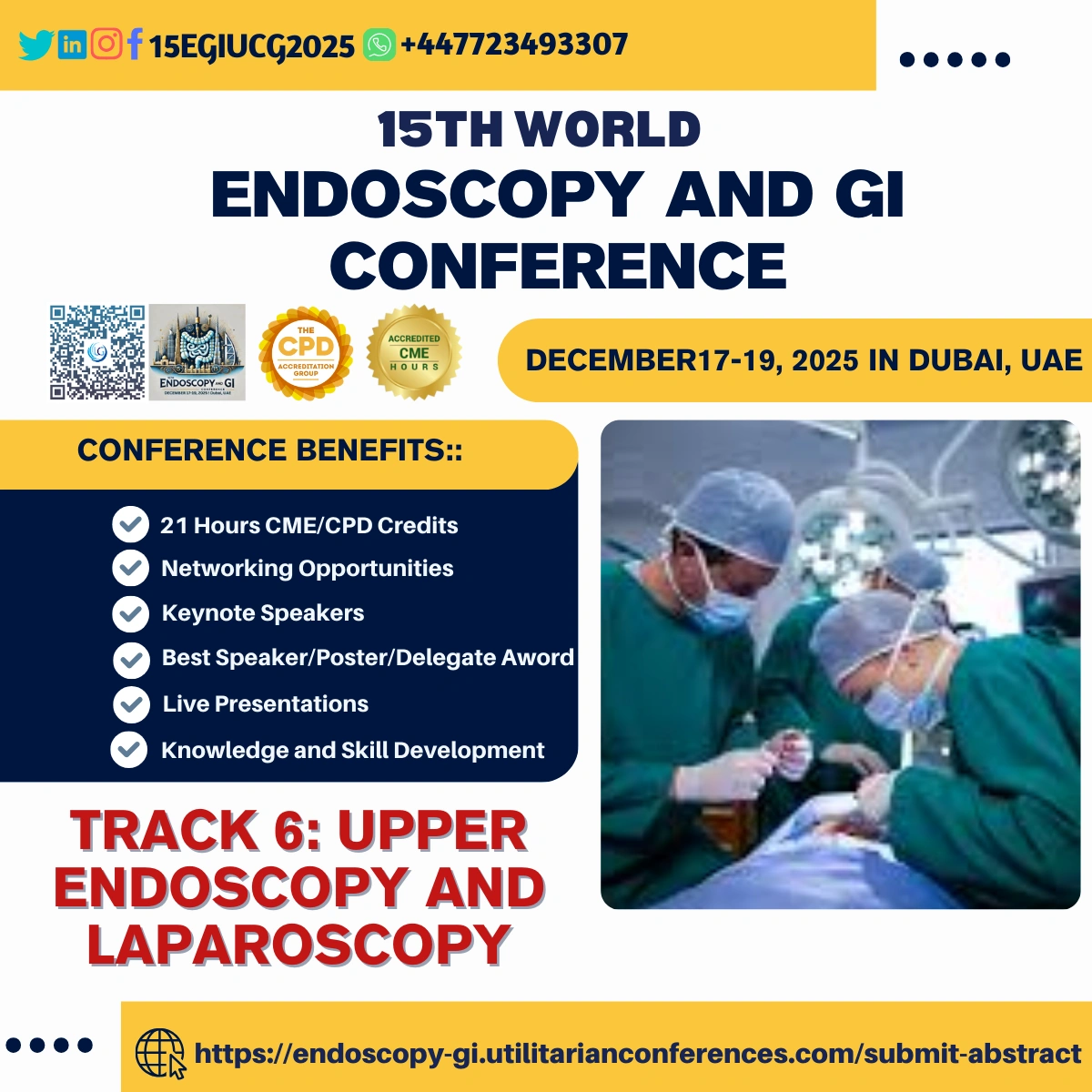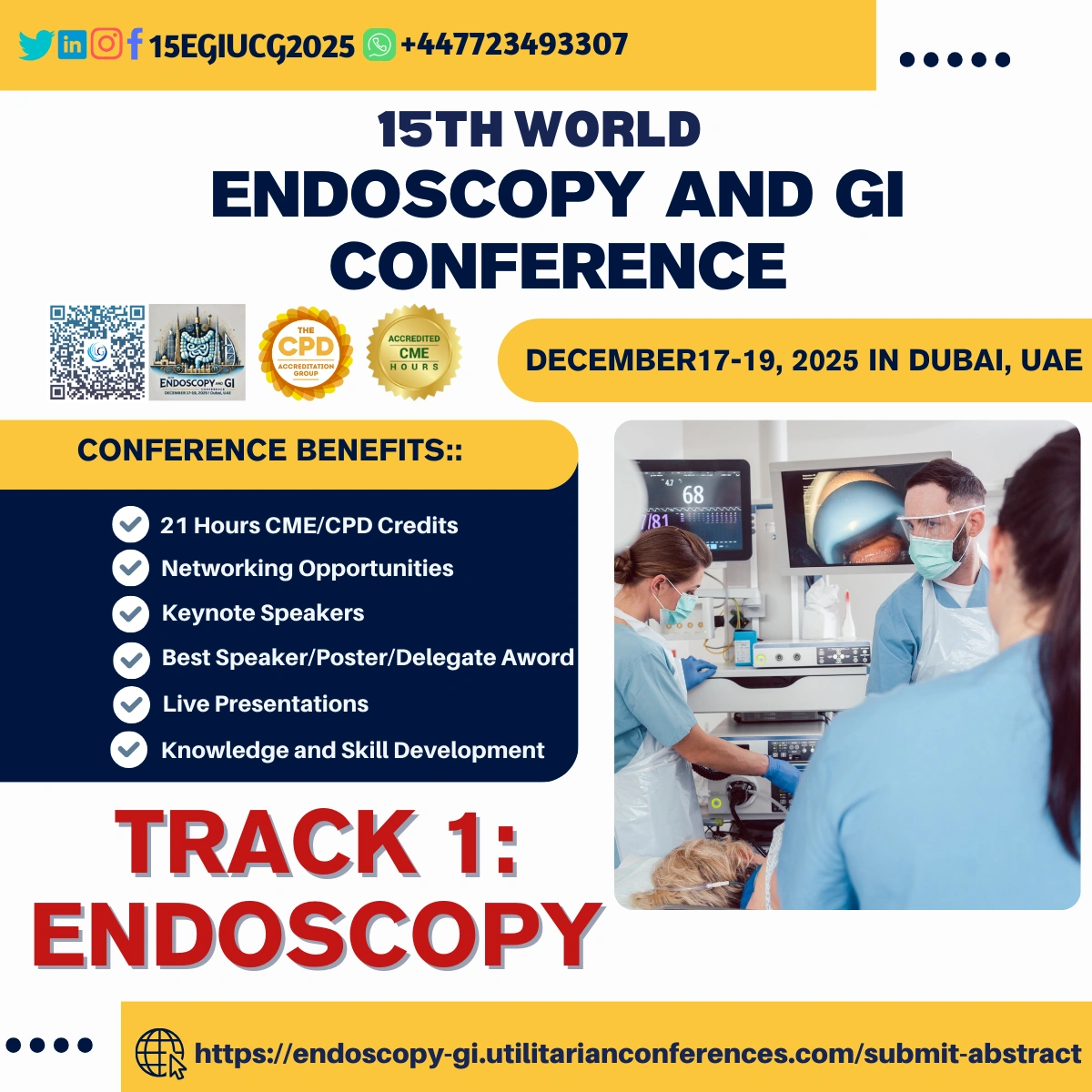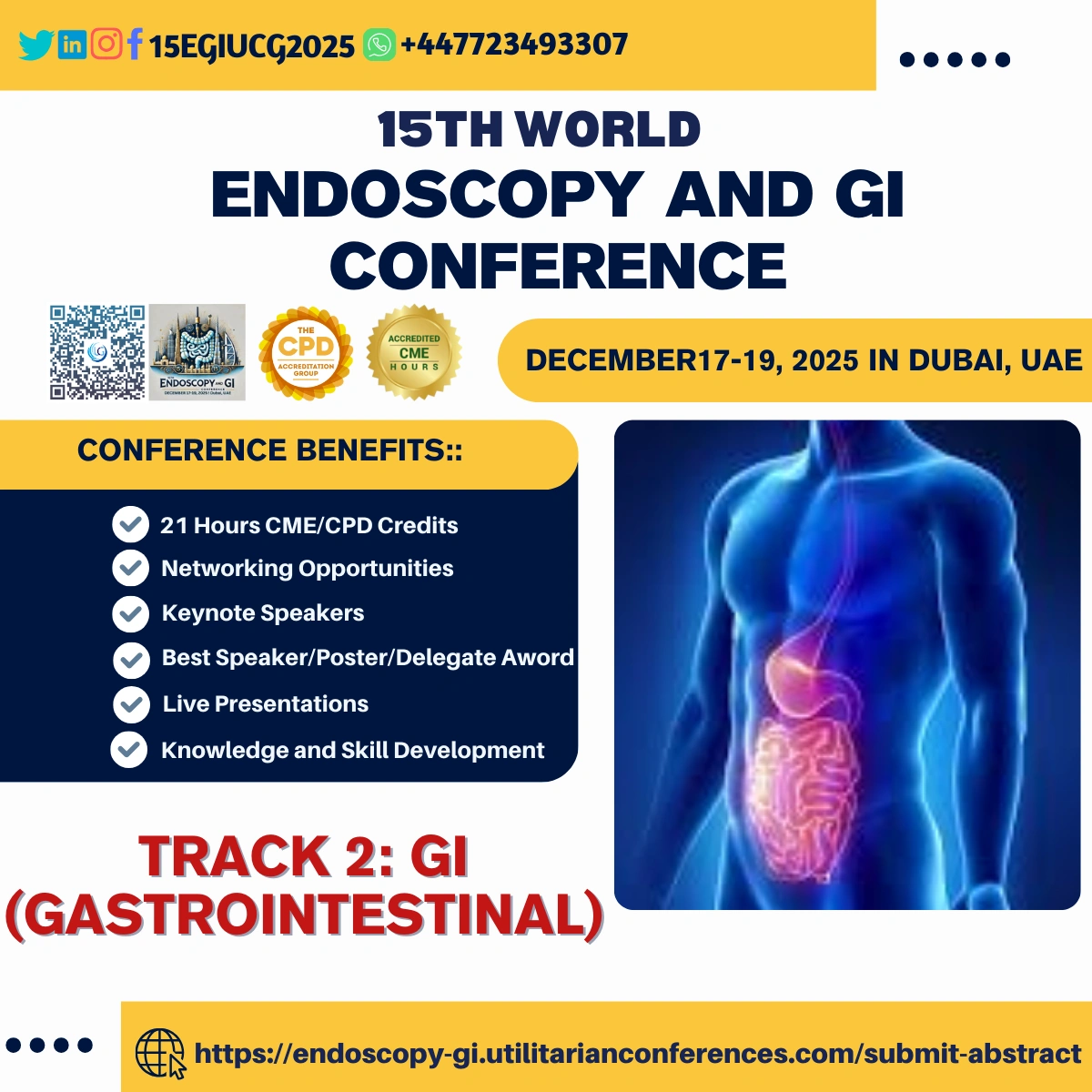



Endoscopy is a medical procedure that allows healthcare providers to examine the...

The gastrointestinal (GI) system, also known as the digestive system, is a complex...

Upper Endoscopy and Laparoscopy are both medical procedures, but they serve different purposes and use different techniques. Here's a detailed comparison and explanation of each:
Upper endoscopy is a diagnostic and therapeutic procedure used to visualize the upper part of the gastrointestinal (GI) tract, including the esophagus, stomach, and duodenum (the first part of the small intestine).
Sub Topic: Diagnostic Applications of Upper Endoscopy, Evaluation of gastrointestinal symptoms (e.g., dyspepsia, GERD, nausea), Therapeutic Interventions via Upper Endoscopy, Endoscopic dilation for esophageal strictures, achalasia, and stenosis, Capsule endoscopy vs. traditional upper endoscopy for small-bowel imaging, Screening and Preventive Uses, Risks of sedation and potential complications from the procedure.